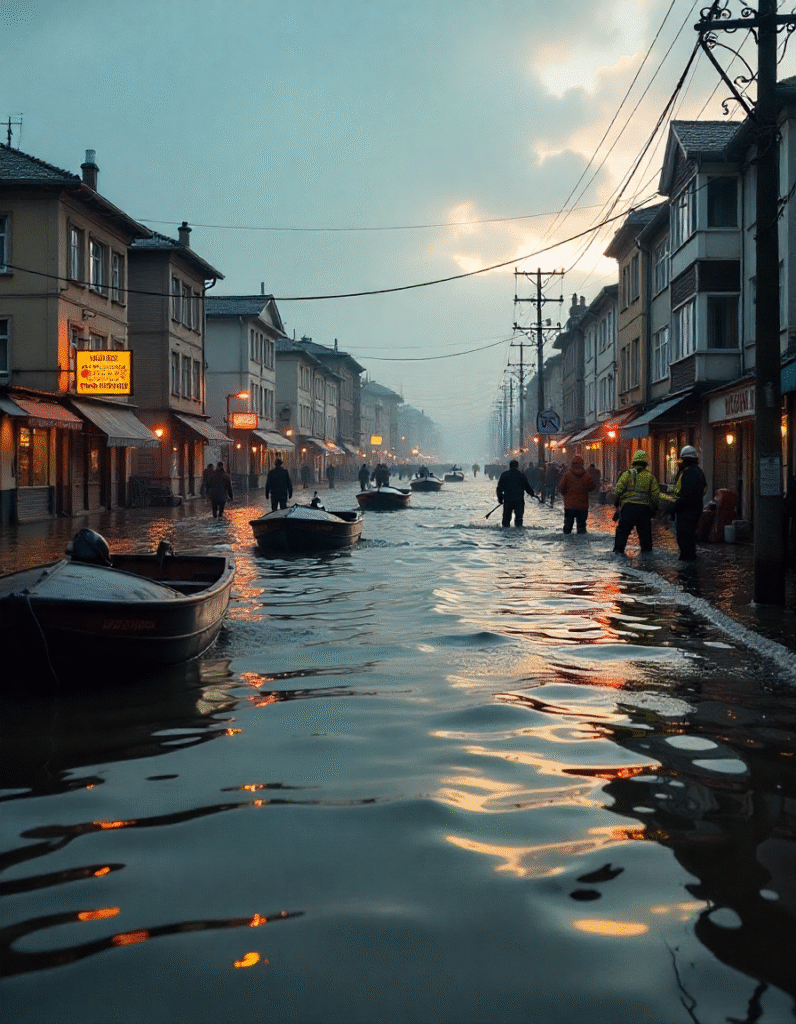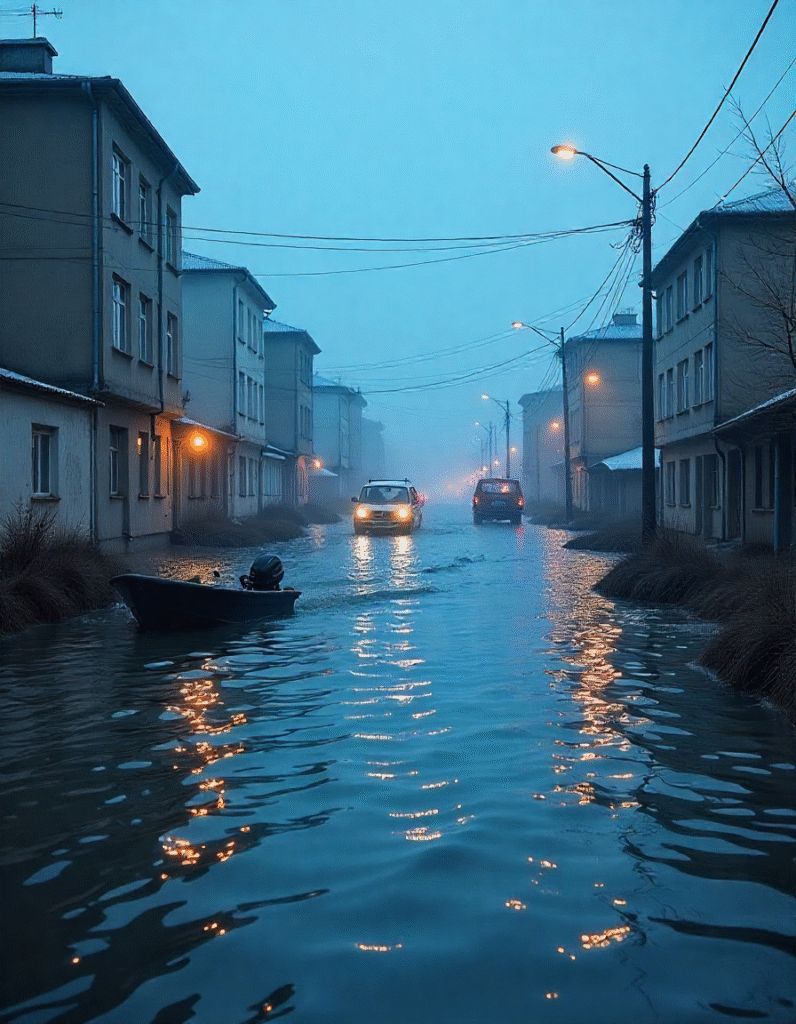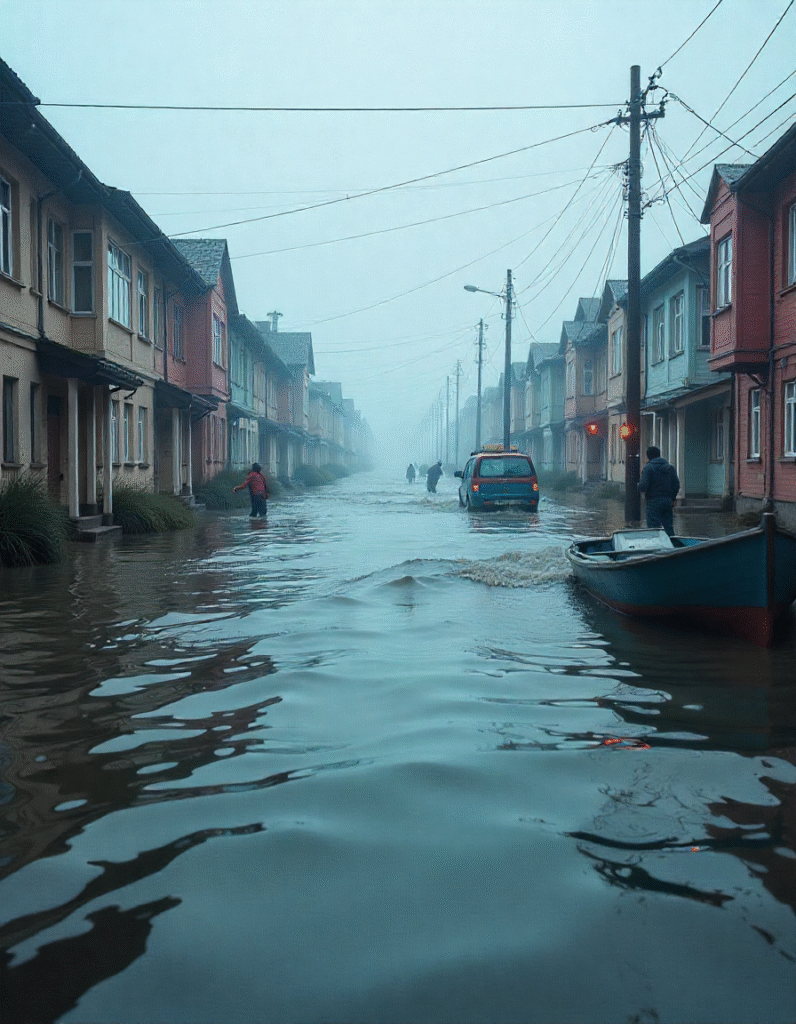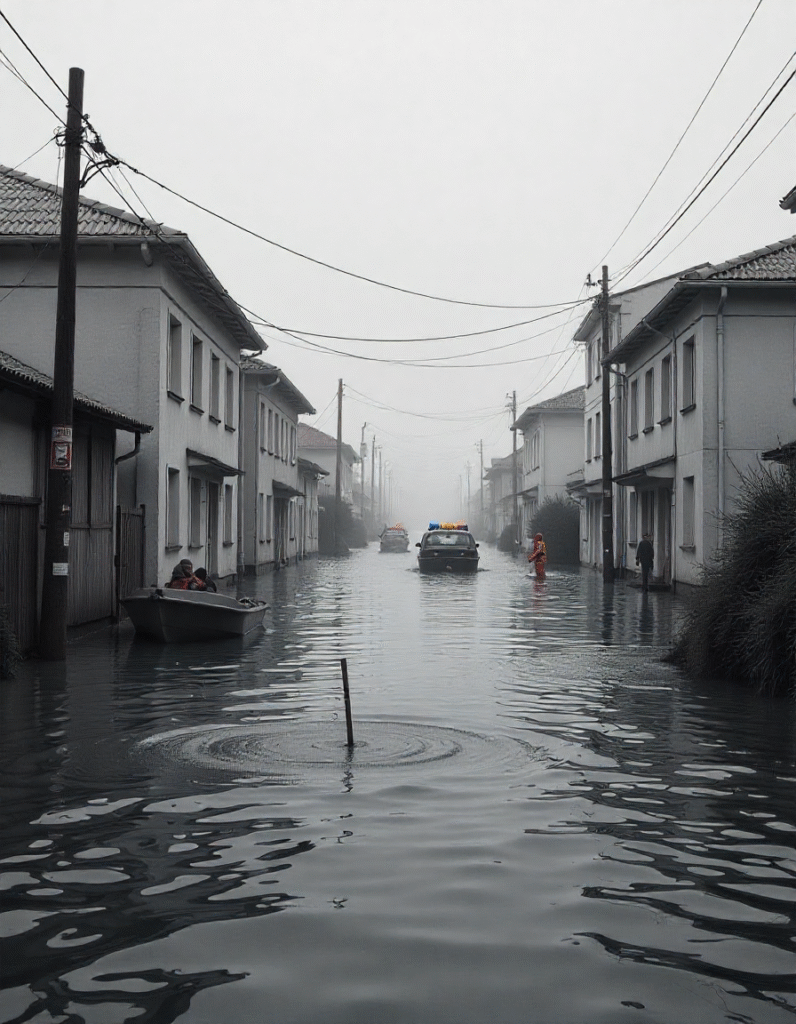An 8.8 earthquake sparks a Pacific-wide tsunami alert, impacting Russia, Japan, Hawaii & more. Stay updated on emergency warnings and safety steps.
🌊 Massive 8.8 Earthquake Triggers Pan-Pacific Tsunami Alert: From Russia to Hawaii and Beyond

Magnitude 8.8 quake strikes off Russia’s Kamchatka, triggering tsunami waves up to 5 metres in Severo‑Kurilsk. Alerts span from Russia to Japan, Hawaii, Alaska, and across the Pacific basin.ReutersNews.com.auThe GuardianIndiatimes
1. The Earthquake Event
On July 30, 2025, a massive magnitude 8.8 earthquake struck off Russia’s eastern Kamchatka Peninsula, approximately 119 km east-southeast of Petropavlovsk‑Kamchatsky, at a shallow depth of 19.3 km—the kind of depth most likely to generate devastating tsunamis.TIME+13Reuters+13Al Jazeera+13
This quake ranks among the top six strongest ever recorded globally. It was initially logged at magnitude 8.0 before being revised upward by the USGS.TIMEReuters
Residents in Petropavlovsk, one of the nearest cities, reported continuous shaking for over three minutes, during which many fled buildings in fear of collapse. Several structures, including a kindergarten and airport terminal, sustained damage. Fortunately, only light injuries were reported and no fatalities in Russia.@mathrubhumi+5Reuters+5Reuters+5
2. Tsunami Waves Strike Severo‑Kurilsk
Shortly after the quake, tsunami waves of 3–5 metres struck Severo-Kurilsk on Paramushir island. At least one wave was measured at nearly 5 m, flooding port areas and damaging infrastructure.huffingtonpost.es+7Reuters+7AP News+7
Russian emergency services declared a state of emergency. Roughly 2,000 residents were evacuated from high-risk coastal zones.News.com.auhuffingtonpost.es
Video footage circulated online captured seawater invading buildings and streets, while swirling currents dragged boats from shorelines.huffingtonpost.es
3. Widespread Pacific Alerts: Countries at Risk
Japan
Authorities issued tsunami warnings along Japan’s Pacific coast, activating evacuation orders for over 900,000 residents across around 133 municipalities—from Hokkaido to Wakayama Prefecture. Tsunami waves recorded so far have reached up to 40 cm, though officials warned larger waves up to 3 meters may still arrive.The Guardian+1News.com.au+1
The Japan Meteorological Agency emphasized the danger from successive wave cycles over several hours. Citizens were urged to remain away from coasts until warnings are lifted. The Fukushima nuclear plant staff were evacuated as a precaution; no damage was reported.wsj.comReutersNews.com.au

Hawaii & U.S. West Coast
The U.S. Tsunami Warning System extended alerts across coastal Alaska, Hawaii, and the continental West Coast from California to British Columbia, with Hawaii’s Honolulu and Maui among affected areas.The Guardian
Hawaii’s Governor confirmed tsunami waves had arrived, but none with destructive force yet. Still, authorities warned that waves could reach 1.8 m and urged residents to stay away from shoreline zones and wait for at least several hours. Emergency shelters were activated statewide.washingtonpost.comReutersIndiatimes
Other Pacific Nations
Alerts and advisories spanned to nations such as Ecuador, Philippines, Indonesia, New Zealand, Chile, and Mexico, where waves up to 3 meters were possible. Tsunami watches were also issued for Taiwan, Guam, and British Columbia.Al Jazeeraomni.seReutersAl Jazeera
4. Historical Context: Kamchatka’s Seismic Legacy
The Kuril‑Kamchatka trench region is a known hotspot for megathrust earthquakes, producing powerful seismic events in recorded history.
- The 1952 Severo-Kurilsk quake (M 9.0) triggered an 18 m tsunami, resulting in over 2,300 fatalities.en.wikipedia.org+1en.wikipedia.org+1@mathrubhumi+2en.wikipedia.org+2en.wikipedia.org+2
- Earlier disasters include the 1841 quake (M 9.0+) with 15 m waves, and the 1923 events that also reached 8.5–8.4 magnitudes with tsunamis recorded in Hawaii and Alaska.en.wikipedia.org
These past events offer stark reminders of the destructive potential—reinforcing why authorities responded swiftly this time around.
5. Impact & Emergency Measures
Russia (Kamchatka & Kuril Islands)
Authorities declared states of emergency, evacuated thousands, and secured critical infrastructure in Severo-Kurilsk. Medical teams reported light injuries only. Shoreline industries including port facilities were partially damaged.ReutersNews.com.auhuffingtonpost.es
Resident accounts describe panic-induced mass departures. One evacuee said, “It felt like walls could collapse”—she grabbed essentials and fled quickly.Reuters+1Reuters+1
Japan
Following evacuation mandates, ferry services and regional transportation, including Sendai Airport, were halted. Emergency shelters were opened; staff at Fukushima nuclear plant were relocated. Despite low wave heights so far, public anxiety remains high due to past experiences with tsunamis.IndiatimesReutersThe Guardian

U.S.
The National Weather Service issued alerts, advising California residents between Cape Mendocino and the Oregon border of possible 1- to 2-foot waves, though widespread flooding was not anticipated. Boaters and beachgoers were told to vacate harbors.cbsnews.com
Hawaii airports suspended or cancelled flights, including departures from Kahului, Hilo, and disruptions at Honolulu’s Daniel K. Inouye International Airport. Emergency agencies were placed on standby with helicopters and high-water vehicles ready.ReutersIndiatimesNews.com.au
6. Science Behind the Tsunami (≈300 words)
Experts explained that tsunamis involve displacement of the entire water column, not just surface waves—this gives them exceptional power even if wave height appears modest.Al JazeeraThe Guardian
According to Japan-based tsunami researcher Kubota Tatsuya, even seemingly small waves can cause significant damage, and tidal surges may intensify over multiple cycles. He emphasized that waves often arrive hours apart and can escalate in size.Al Jazeera
The shallow depth of the seismic event (approx. 19 km) amplified its tsunamigenic potential. The US Pacific Tsunami Warning Centers projected waves as high as 3 m for multiple countries including Ecuador, Chile, and Peru.Al Jazeera
7. Forecast & Preparedness Ahead (≈300 words)
Authorities warn wave activity may persist for over 24 hours, especially in regions like Japan and Hawaii. Evacuation zones remain enforced until official notices confirm safety.News.com.auThe GuardianIndiatimes
Residents are advised to remain at least 30 m above sea level, avoid harbors, and follow local civil defense instructions. Boaters should move vessels to deep waters.cbsnews.comAl Jazeera
Japan’s coastal defenses, including flood barriers and nuclear safety protocols, were activated as preventive measures. Residents in remote coastal areas like Hokkaido and Wakayama remain on high alert.wsj.comReuters
Hawaii’s civil defense continues to monitor wave patterns, advising the public to stay indoors until the tsunami advisory is lifted.washingtonpost.comIndiatimes
8. Global Significance & Takeaways (≈250 words)
This event underscores the vulnerability of Pacific Rim countries to seismic threats, and the importance of rapid alert systems and preparation drills. Many coastal communities observed tsunami preparedness protocols, likely preventing loss of life.
Comparisons to Japan’s 2011 tragedy highlight successful improvements in evacuation infrastructure. While no deaths are reported so far, damage in remote Russian locales reminds us of the enduring risk of such natural disasters.

The scale of this earthquake—one of the strongest in decades—also emphasizes the urgent need for continued investment in early-warning systems and international cooperation in disaster response.
9. Conclusion
A magnitude 8.8 earthquake off Kamchatka has set off the largest tsunami alert in recent years, spanning multiple nations across the Pacific. Though the worst-case scenarios were avoided, waves reaching up to 5 m in parts of Russia, and projected up to 3 m in many other regions, show the broad reach and danger of seismic-triggered tsunamis.
Thanks to swift evacuations, public cooperation, and robust warning systems, major casualties appear avoided. However, coastal communities—including in Russia, Japan, and the U.S.—face ongoing risk from multiple wave cycles.
This episode serves as a powerful reminder of nature’s force and the importance of preparedness. As aftershocks continue, global efforts must focus on readiness, resilience, and coordinated response strategies to minimize potential devastation.